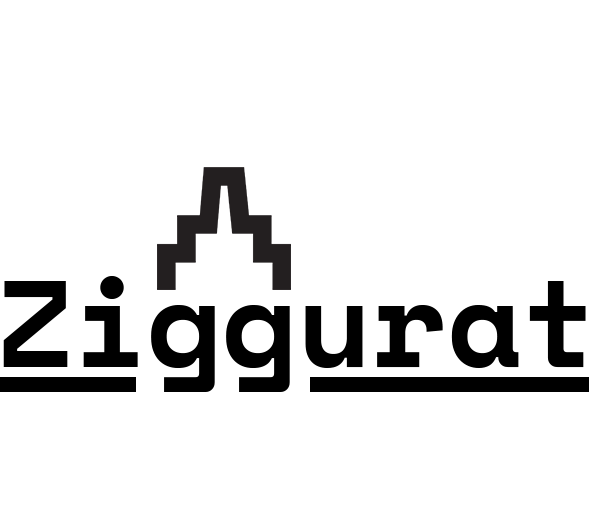12.
Button Bar II
Grants, Delete, Revisions, & Clone
This page covers the less-frequently used buttons on the Button Bar: Grants, Delete, and Revisions. It also details the Clone feature, located below the Button Bar.
Contents: 00:00 Grants | 01:25 Delete | 01:54 Revisions | 03:35 Clone
Grants
Grants allows you, as a Web Admin, to assign permissions to Artist and Editor users for a specific page or publication. Artist users get assigned at the page level, while Editor users get assigned at the publication level. Artists and Editors can only edit pages or publications to which they’ve been assigned, and they cannot view unpublished pages or publications unless they’ve been assigned to them.
Access Grants by clicking the Grants button in the Button Bar. Here, you can search for users by their username. It will start suggesting users based on what you type in. Fill in the username or click the hyperlinked suggestion, and then click search. Note that you can only search for existing users here. For more about creating new user accounts, see the section about People on the Manage Bar II page.
Now you can assign specific permissions to this user. You can allow them to View this page (that’s useful if you want someone to review an unpublished page), and allow them to Edit this page. Click one, or the other, or both. Then click Save Grants. You’ll get this green Grants Saved message.
You can also use this feature to remove grants. Let’s say the assigned user is done working on this project. You can return to Grants for a page, and uncheck Edit or View. (Leave Keep alone.) Click Save Grants again.
Delete
If you find that you need to delete a publication or publication page, you can do so by clicking the Delete button in the Button Bar. This will take you to a new page, and give you a warning message. As the message says, this cannot be undone, so delete with care. If you change your mind, click Cancel. If you really do want to delete, click Delete. This will return you to the main page of your Ziggurat publications site.
Revisions
Sometimes we make mistakes. Sometimes we delete something important, or sometimes we do something that makes our page go wacky and we need to back track. Luckily, the Revisions button is here for those cases.
Before going to the Revisions view, go to Layout view. There is a white bar below the Button Bar that says Revision Information, and it has a little checked box that says Create new revision. This is because Ziggurat keeps old versions of your page, and makes a new one every time you save your changes in Layout view. If you ever want to keep Ziggurat from saving old versions of your page, you’d uncheck this box. But, in general, it is useful to know to have older versions just in case.
Now go to Revisions view. Here you have access to a version of your page from every time you saved this page.
At the top is the most current version. Each revision has a date and timestamp, and lets you know which user made the revision. To preview what the revision looks like, click the hyperlinked date and timestamp. Some features, like this typography, might render a bit funny, but you can still tell that if this is the version of your choice. Click back in the browser to return to the Revisions view. If you want to revert to an older version, click this Revert button. (This also gives you the option to delete an older version.) When you click Revert, it will bring you to a second page, to make sure you really want to do this. I can choose to Revert, or choose to Cancel. You may also have to Discard Changes in Layout view to fully see the old version restored in Layout view.
Clone
Often when making a publication, you’ll have a standard page design that you’ll want to replicate across a number of pages. Building each of those pages from scratch would take substantially more time than simply replicating them. Luckily, the Clone feature can do just that.
To clone a page, click the Clone Button in the Button bar top of the page. This creates a new page, bringing you to Edit view for your new page. You will likely want to retitle this page. (The default is ”Clone of [Original Title]”.) Make sure to also update the TOC Info tab as well. Click Save to create your new cloned page.
Nothing you do to this page will affect its parent, so you are free to replace content and move things around without worrying about messing up the page it came from. Likewise, any subsequent changes to the parent page will not appear in the clone.
This technique works particularly well if you make a wireframe or skeleton page that reflects the basic construction of your design, clone it to create the individual publication pages for your publication, and then go back and fill it with your content.
However, one note of warning. If you delete the parent page, it can cause formatting problems with its clones. So while the parent and the clones are separate entities and changes made to each respective page won’t appear on its relatives, they do maintain some degree of relationship with each other. You will want to keep track of which pages are parents and which are clones. Try to only clone from one page, rather than make clones of clones, and make sure you DO NOT delete the parent page.
Ziggurat Documentation
-
Login & Your Account
-
Introduction to the Interface
-
Publications & Publication Pages
-
Media Library
-
Edit View
-
Layout View:
Sections -
Layout View:
Block Types -
Layout View:
WYSIWYG & Text Styling -
Layout View:
Block Styles -
Layout View:
Other Block Types -
Manage Bar II
-
Button Bar II
-
Intermediate Styling
-
Sample Publication Page

